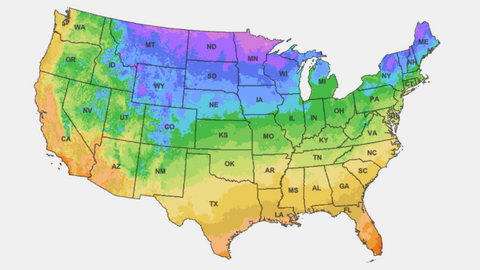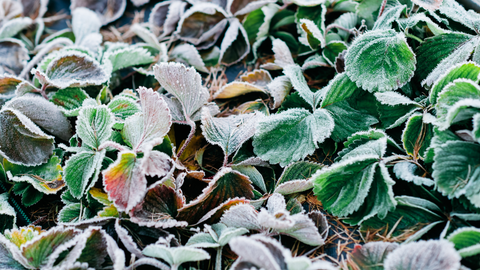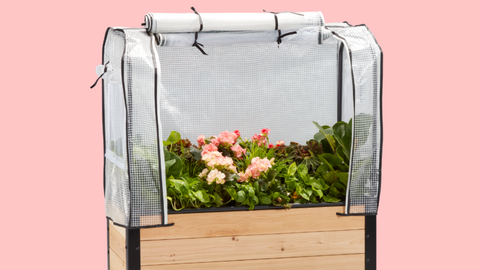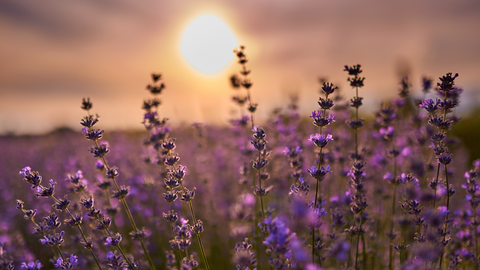Which US Garden Zone Am I In?
By Victoria Fuller
What Is The Garden Zone Map?
As a gardener you may have heard the expression “gardening zones” thrown around in casual conversation, and you may be wondering: “what on Earth does that mean and which zone do I live in?”, today we are here to answer this question!

The USDA Plant Hardiness Zone Map is a system developed to determine which perennial plants are more likely to succeed in a certain location. With a country as massive as the United States of America it is obvious that there is no “one size fits all” recommendation for gardening and agriculture, so the zoning system was developed in the 1960’s and gardeners have been seeing more botanical success ever since!

What Is The Point Of The Map?
The map is currently the standard for measuring the hardiness of plants, and is based on average yearly minimum Winter temperatures (aka the potential frosty demise of your plants!). There are 13 distinct zones (with Zone 1 being the coolest and Zone 13 being the warmest) on the planting zone map which are divided into 10 degree fahrenheit zones and then subsequently divided into sub-zones of 5 degrees fahrenheit.
It is worth noting though that the continental United States only includes Zones 3 through 10 so you likely will not hear too much information about those other Zones in general garden content (no offense to those forgotten Zones!).

The main use for the map and understanding your planting zones is to help gardeners who are looking to grow Perennial plants in their gardens. Perennials are supposed to live for more than just one growing season, so it is essential to understand your plants chances before you break earth!
How Seriously Should I Take The Zones?
As much as it seems like just another way for “big garden” to put us into a box that determines what we can and can’t do, unfortunately when it comes to the garden zone map we would very much recommend staying in your botanical lane (so to speak). Growing plants that are historically known to fail with the frost levels in your zone is a recipe for a very disappointing growing season, so take note of your zone and the plants that are known to thrive there!

If you have your heart set on a certain plant that does not necessarily have historical success in your gardening zone, then don’t despair! When there’s a will there's a way! Greenhouse covers can be a fantastic way to insulate and protect your plants, so if you are a zone or two away from the essential temperatures for a certain plant, you could always attempt to grow a few seedlings under a greenhouse cover or even indoors under a grow lamp just to see if you succeed before investing and dedicating an entire raised garden bed to the cause!
Cedar Planters Greenhouse Covers are fantastic at adding some additional garden insulation while also protecting from harsh weather and pests! Greenhouse covers can also potentially extend your growing season by providing optimal growing conditions for longer periods!

So Which Zone Am I In?
The best way to assess this is by checking out this incredible map here published by Planting Tree, the reason we would recommend actually looking at the map visually is that this system isn’t as simple as simply stating “Ohio is in Zone X/Y”, certain States have such a wide variety of environments that they can have as many as FIVE different gardening Zones within their State borders!

Will Raised Garden Beds Help Me?
Cedar Planters raised garden beds and planter boxes are built out of beautiful Western Red Cedar which has incredible insulating properties, this means that your soil will retain heat more than if you planted directly into the ground or in a plastic or metal garden bed. We would always recommend planting within your zone, but knowing that you have a little extra help in the insulation department is certainly a good way to put your mind at rest when it comes to your garden!
Our raised beds and planter boxes are also elevated off of the ground with our powder-coated steel legs, this means that traditional ground frosts will not be able to penetrate your garden as easily, so you have an extra layer of reassurance there as well!

We hope that this blog post has helped spread a little knowledge about the importance of the garden zones! Gardening is supposed to be fun and enjoyable, and there is nothing fun or enjoyable about planting an entire planter box filled with your favorite flowers and plants only to watch them wither and fail because you were a few zones outside of their literal comfort zone!
If you know your garden zone and have had specific success with a certain type of plant please feel free to let us know in the comments below! We would love to be able to write some zone-specific content based on our incredible customer’s own success stories!









Leave a comment